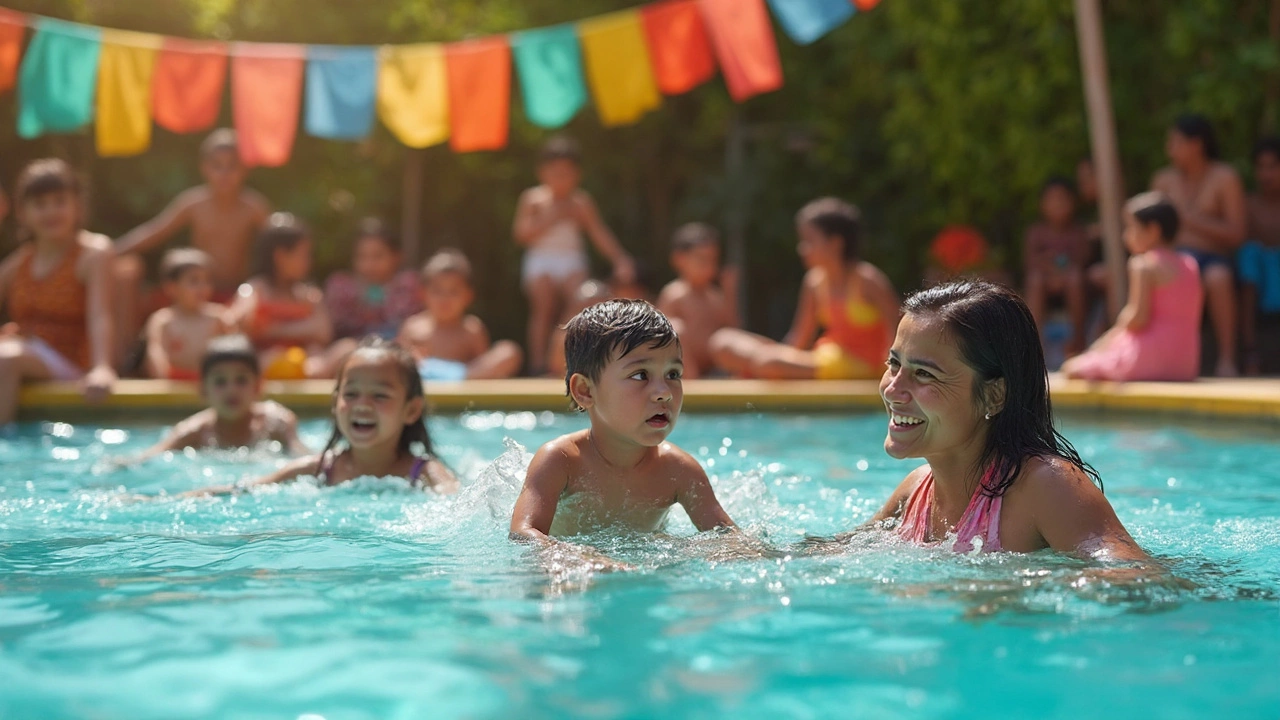Water Safety Tips for Everyone
Almost everyone loves spending time in water, but a few simple habits can turn a fun day into a safe one. Whether you’re at the local pool, a community lake, or the beach, the basics stay the same: know the rules, watch the kids, and stay alert.
Quick Rules for Pools and Hot Tubs
First, treat every pool like a mini playground with rules. No running around the deck – a slip can turn into a serious fall. Make sure you always have a working ladder or steps within arm’s reach; it’s the fastest way out if you panic. If a pool has a depth marker, respect it – don’t try to jump into water that’s too shallow. For kids, never leave them unattended, even for a second. A parent or responsible adult should stay in the water or right at the edge where they can reach a child in a split second.
Temperature matters, too. Hot tubs can cause dizziness if you stay too long, and cold water can shock the heart. A good rule of thumb is the “30‑minute limit” for hot tubs and a quick warm‑up before jumping into a cold lake. Keep a towel handy and stay dry when you get out – a wet floor is a slip hazard.
Staying Safe in Lakes, Rivers & Oceans
Open water adds a few extra challenges. Currents can pull you farther than you think, so always swim parallel to the shore unless you’re an experienced swimmer. Look for the flag system on beaches – a red flag usually means the water is unsafe. If you’re unsure, ask a lifeguard or local for the best swimming spots.
When you’re out on a boat, wear a properly fitted life jacket every time, even if you can swim well. Many accidents happen because people think they won’t need it until it’s too late. If you’re kayaking or paddle‑boarding, check the weather before you go and stay within sight of the shore.
Knowing basic rescue steps can be a lifesaver. If you see someone struggling, call for help first – yelling for a lifeguard or dialing emergency services. If the person is close enough, extend a pole, rope, or even a towel for them to grab. Never jump in if you’re not a strong swimmer; you could become a second victim. Instead, use a flotation device to pull them in while you stay on solid ground.
Lastly, keep a small waterproof bag with a phone, a whistle, and a waterproof flashlight in your bag if you’re heading out early or staying late. A simple whistle can attract attention fast, and a flashlight helps you see in low‑light conditions.
By following these easy steps, you’ll reduce the risk of accidents and enjoy your time in the water with peace of mind. Remember, safety isn’t about being scared – it’s about being prepared and looking out for each other.
